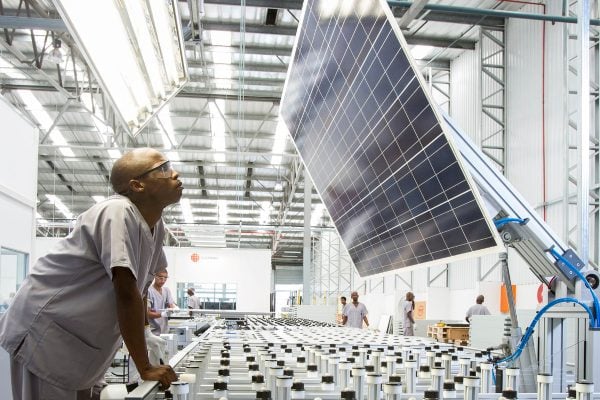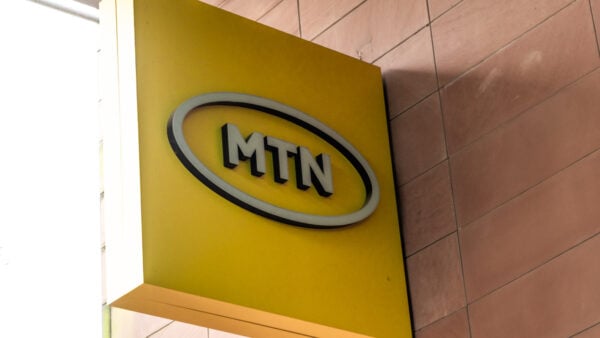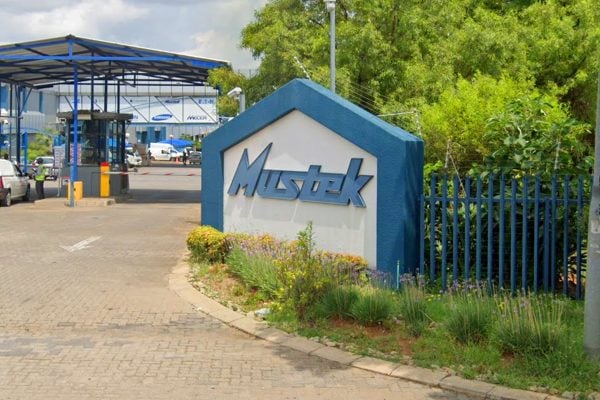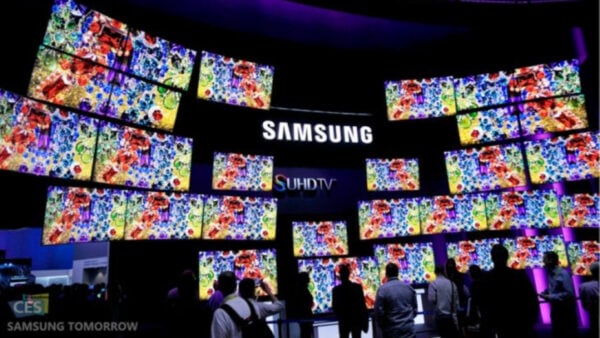R30,000 gaming PC that will last for years
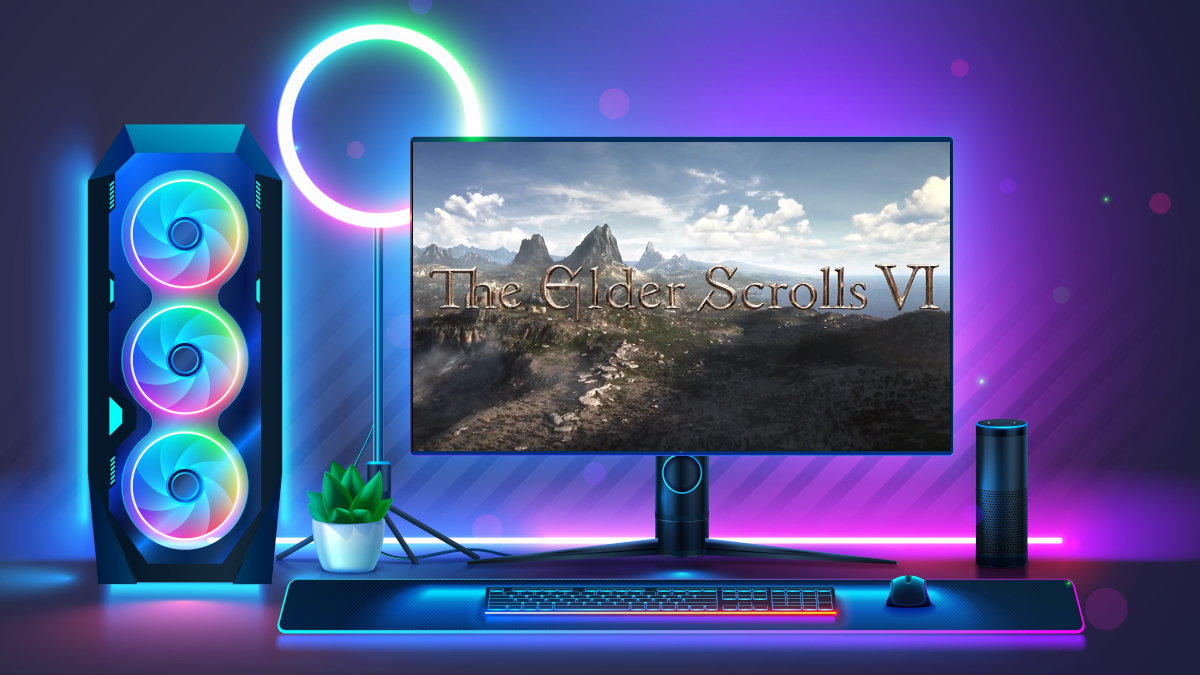
R30,000 is enough for South Africans to build a highly capable gaming PC that will be able to play popular titles for years to come.
It is possible to configure an entry-level gaming PC in South Africa with new parts from around R12,000 to R15,000.
However, such a system would primarily be restricted to 1080p gaming at 60 frames per second in the most demanding games.
MyBroadband configured a PC that could play most of the latest titles at 1440p or 4K with frame rates exceeding 60fps on high settings in early 2025.
To be more specific, we wanted to devise a system that would be capable of running the much-anticipated Elder Scrolls VI, if ever released.
According to court documents lodged by Microsoft in a legal battle with the Federal Trade Commission over the company’s acquisition of Activision Blizzard, the Skyrim sequel is slated to launch sometime during or after 2026.
However, the actual timeline is likely to have shifted by a few years.
For some extra breathing room, we configured a system that would likely still be able to play at 1440p on medium settings with 60fps and perhaps some AI upscaling and frame generation.
We also used components with the latest processor sockets and memory standards to ensure the system can be receive iterative hardware upgrades over the long term, if necessary.
All our part prices were from reputable online PC retailers.
The most important performance driver in a gaming PC is its graphics card, which supports rendering the imagery you see in the game world.
The recently launched AMD Radeon RX 9070 XT was a no-brainer on this front.
The card has been praised for its excellent performance in 1440p and 4K titles at a reasonable price point that puts Nvidia’s RTX 4070 Ti to shame.
In addition, there appears to be no stock issues with the card, helping support retail pricing not far off the manufacturers’ recommended selling price.
The most affordable model we found was a Gigabyte model selling for R16,999 on Wootware.
Another essential piece will be the CPU, which is responsible for processing user actions, in-game events, NPC behaviour, and physics.
While the CPU is less important than the GPU, it can bottleneck the graphics card’s performance when a game’s processing demands are high.
We opted for the AMD Ryzen 5 7600, a six-core, 12-thread chip that provides slightly better performance than the previous generation Ryzen 5 5600X, a highly popular option for gaming rigs.
The CPU uses the latest AM5 socket, which requires a more recent motherboard.
Motherboards are not as important but they must have sufficient slots for all the internal components, preferably with capacity to run them at peak performance, and enough ports for external peripherals.
The Gigabyte B650M micro ATX board ticked all our boxes at the right price, including two DisplayPort ports, one HDMI port, three USB-A ports and one USB-C port, and a 2.5Gbps Ethernet connection.
It also requires the latest generation of computer RAM — DDR5 — which it can run in dual-channel.
A few months ago, DDR5 sticks were still very expensive compared to DDR4.
However, by the time of our hypothetical build, DDR5 production had reached critical mass and pricing for the newer and faster memory type was cutting it close to the older standard.
We opted for 32GB of 6,000MHz Hiksemi RAM. While not the most well-known brand, it is made by the same company that owns Hikvision, well known for its camera and storage drives.
RAM is also among the more affordable components to replace if it misbehaves.
For storage, we selected a 2TB NVMe drive as it would provide ample space for several large games.
Overall, we found that our combination of components beat some of the best-value pre-built systems on the market.
It should be emphasised that we assumed the PC builder would already have a licence for Microsoft Windows to use with the system.
If not, then you can expect to spend around R2,000 to R3,000 for a licence from an official seller, or delve into the exciting world of running Windows-based games on Linux.
The table below summarises the components in our R30,000 gaming PC build.
| Component | Model | Price |
|---|---|---|
| Processor | AMD Ryzen 5 7600 with AMD Wraith Stealth Cooler | R4,474 (PC International) |
| Motherboard | Gigabyte B650M DSHP Micro ATX | R2,730 (Progenix) |
| RAM | Hiksemi HSC532U60C5-16G2 Future U100 RGB 32GB (2x16GB) DDR5 6,000MHz | R1,999 (Wootware) |
| Graphics card | Gigabyte Radeon RX 9070 XT Aorus Elite | R16,999 (Wootware) |
| Storage | Hikvision 2TB M.2 NVMe PCI-e Gen 4×4 | R2,399 (Evetech) |
| Power supply | Raidmax RX-7AC-V Vortex 700W Plus Bronze Non-Modular | R839 (Tech.co.za) |
| Case | Antec VX100M ARGB Tempered Glass Black Steel Micro-ATX Mini-Tower | R592 (Wootware) |
| Total price | R30,032 |











